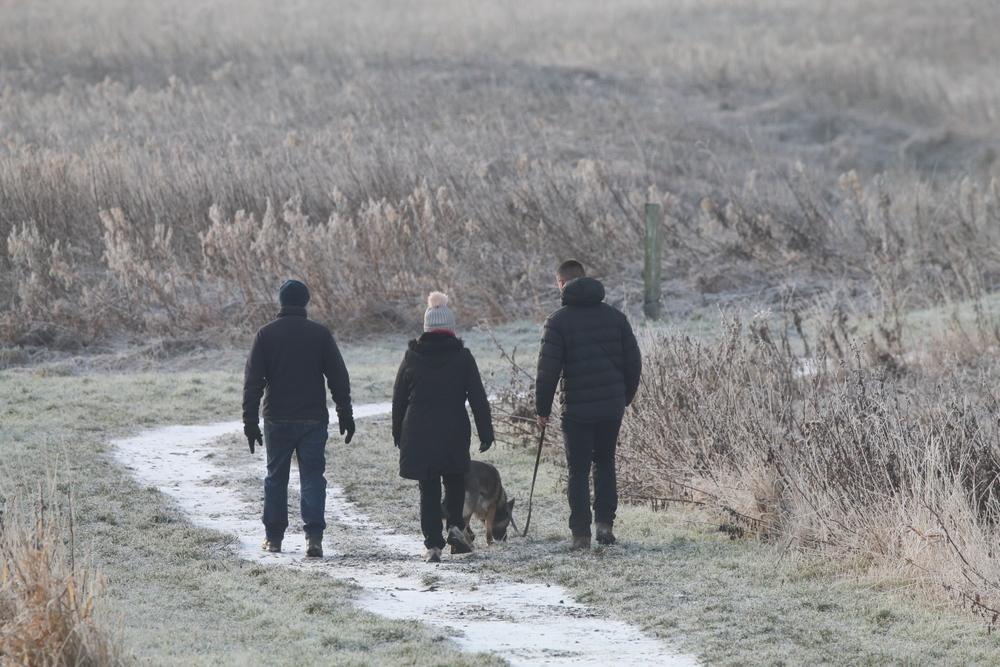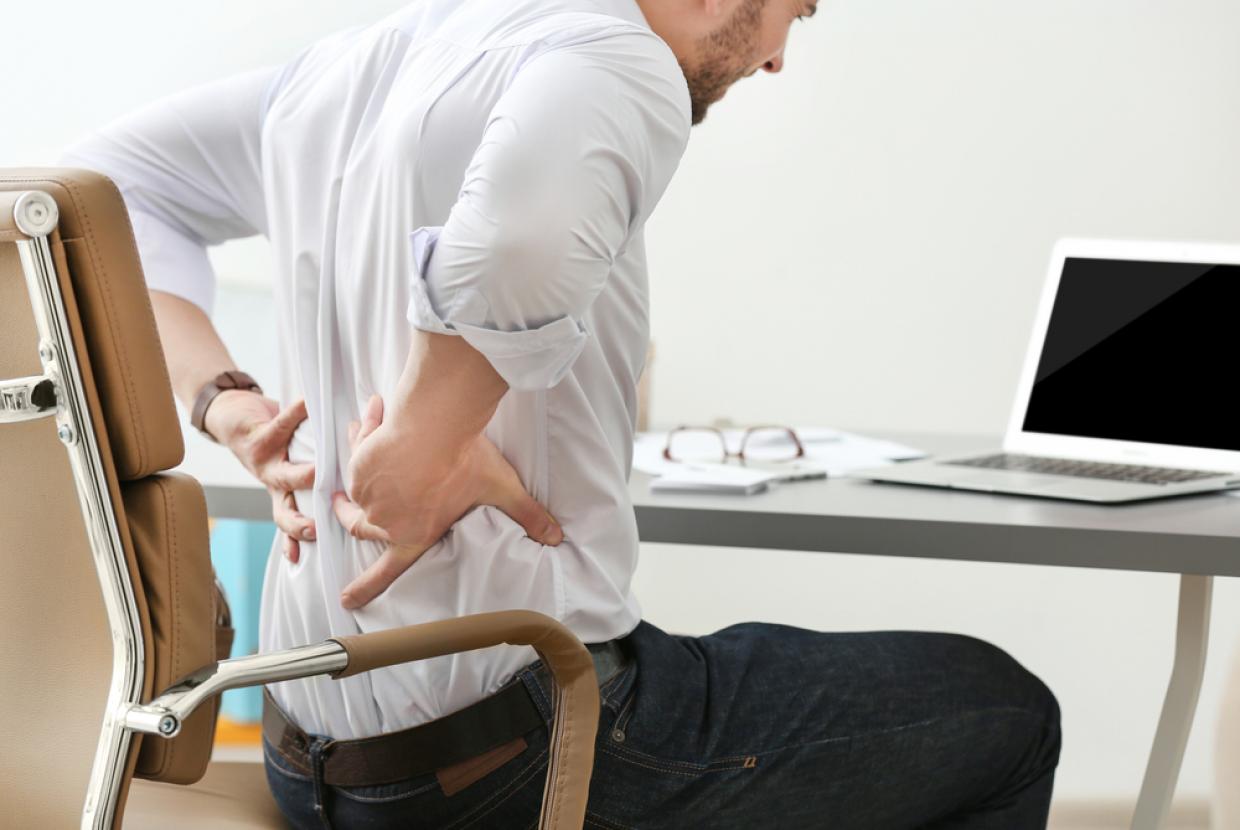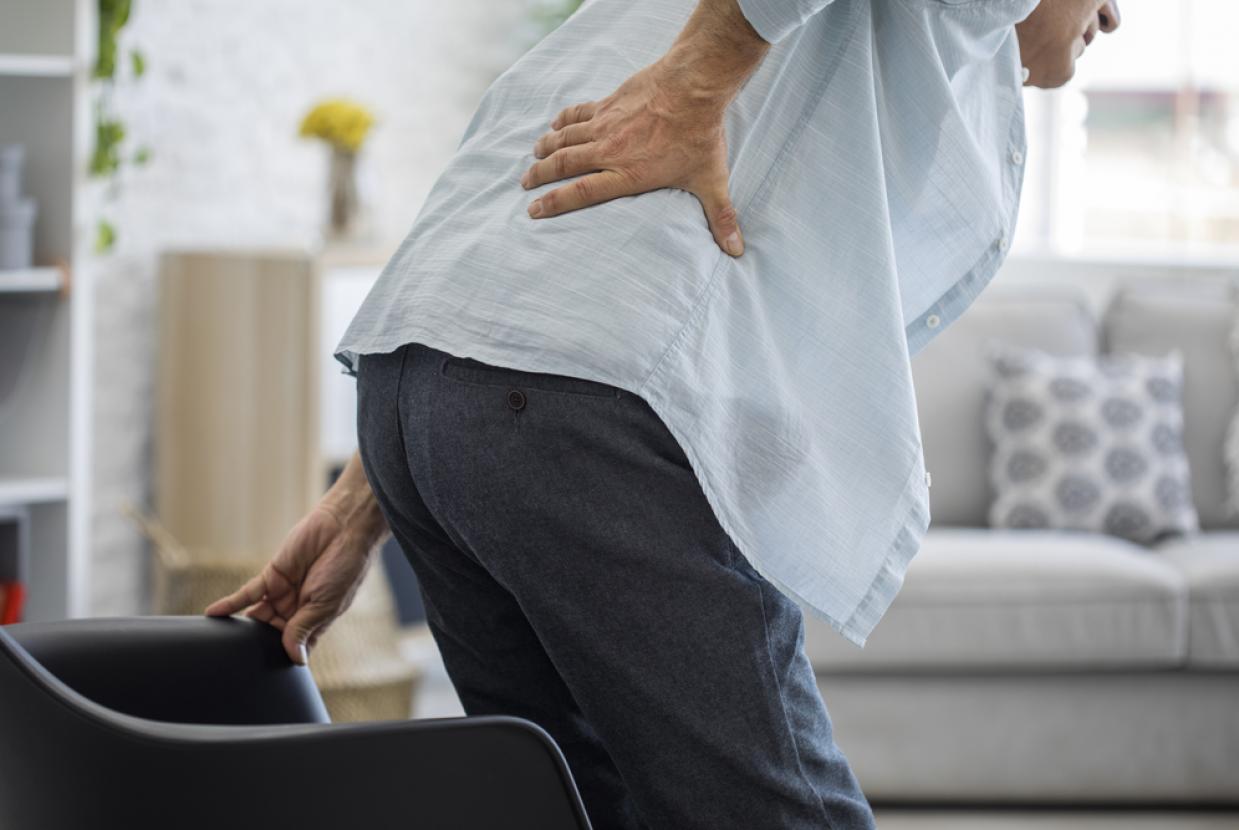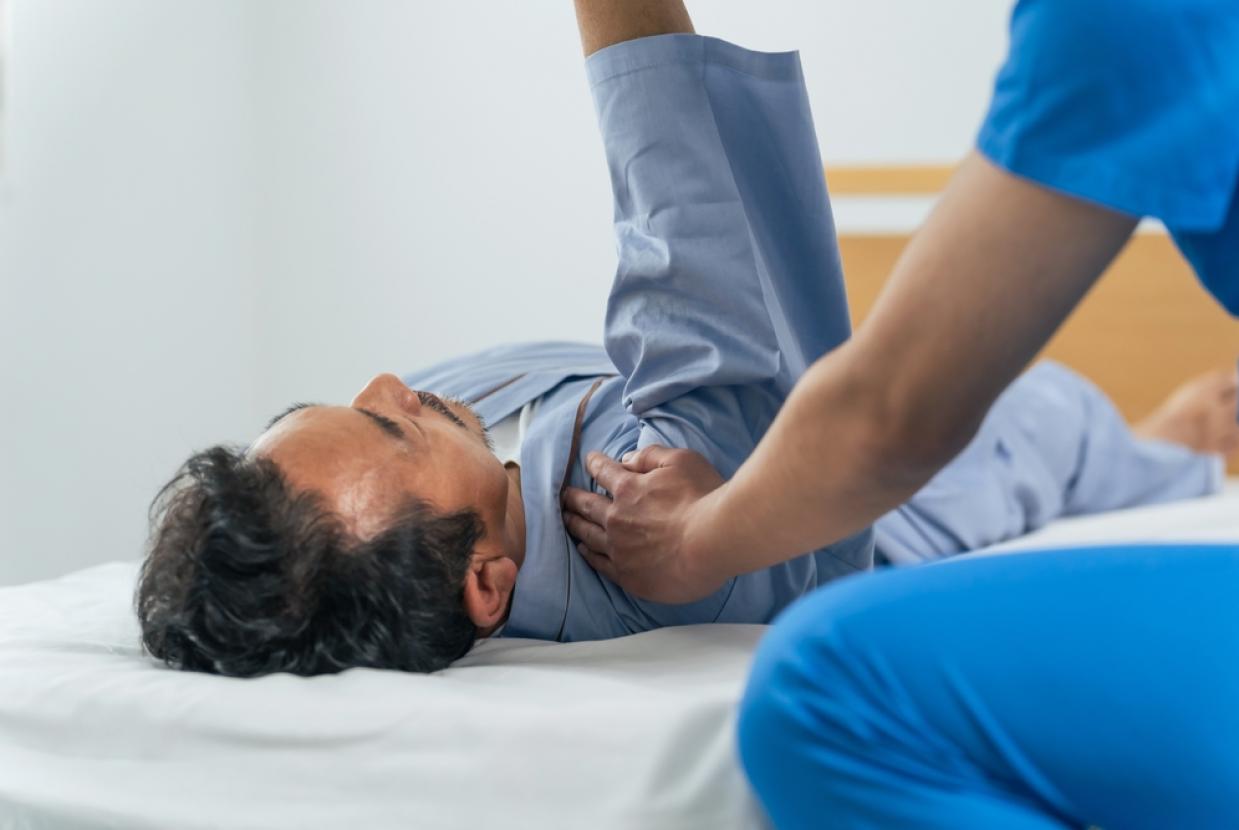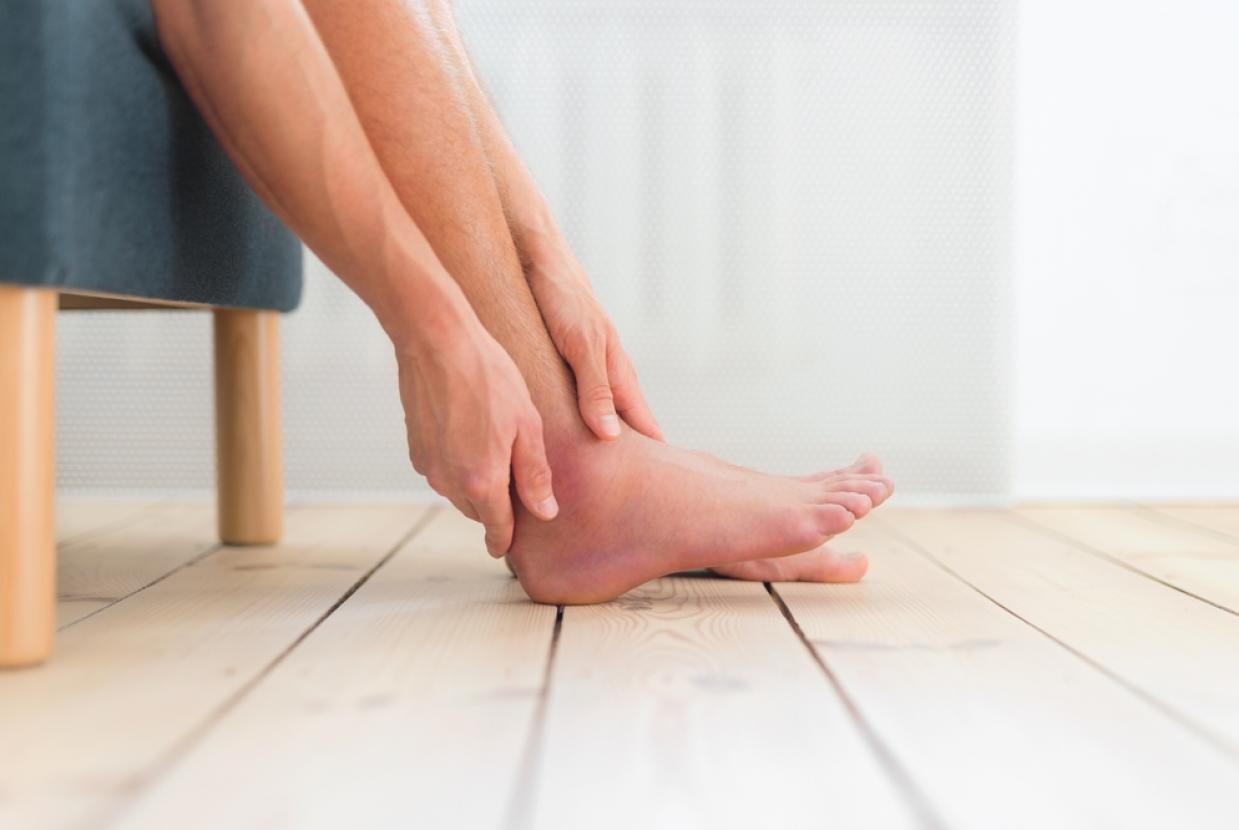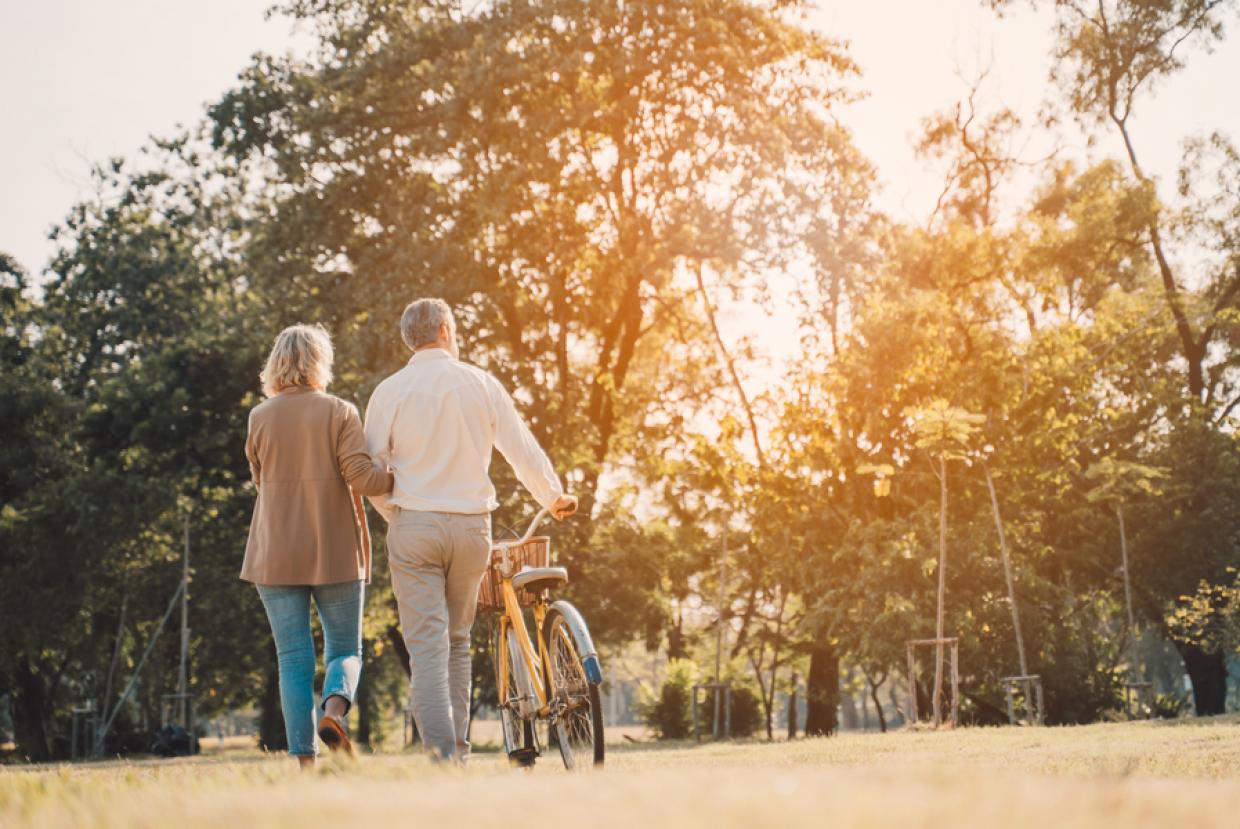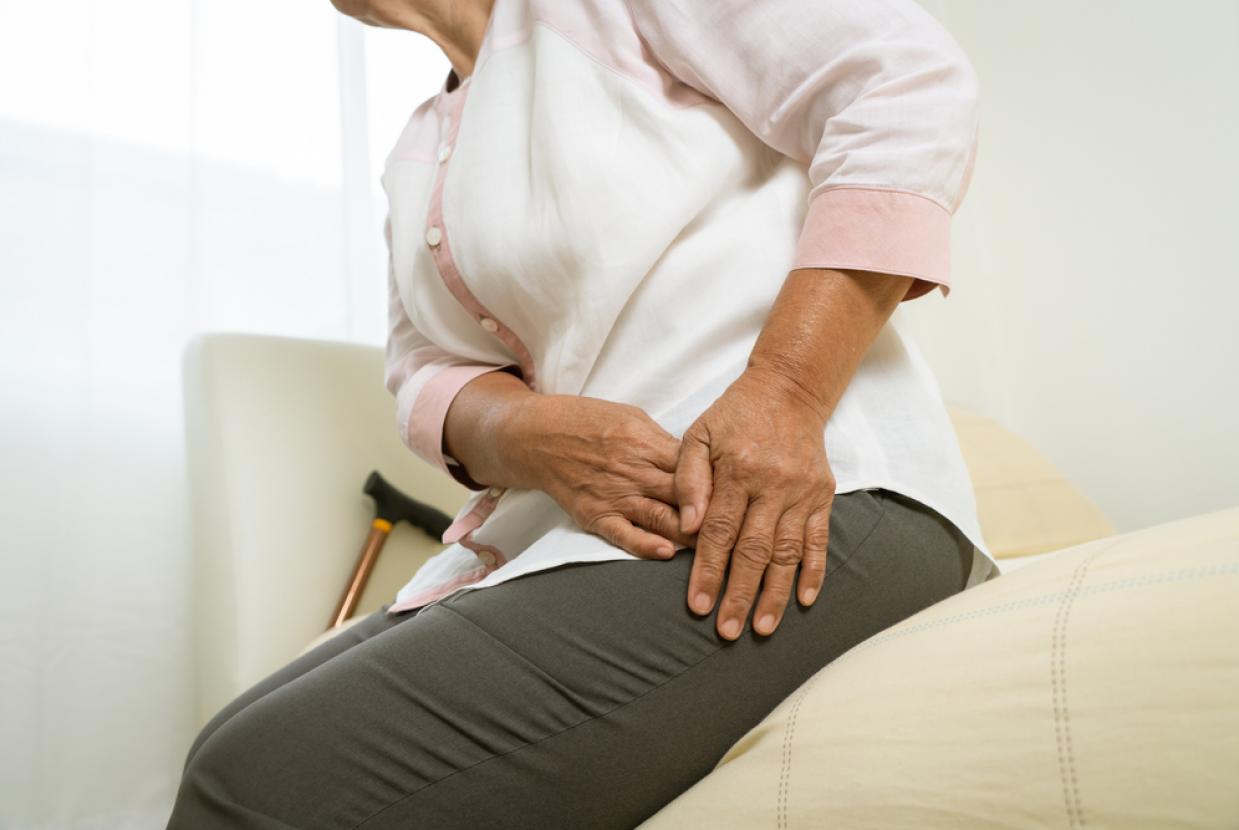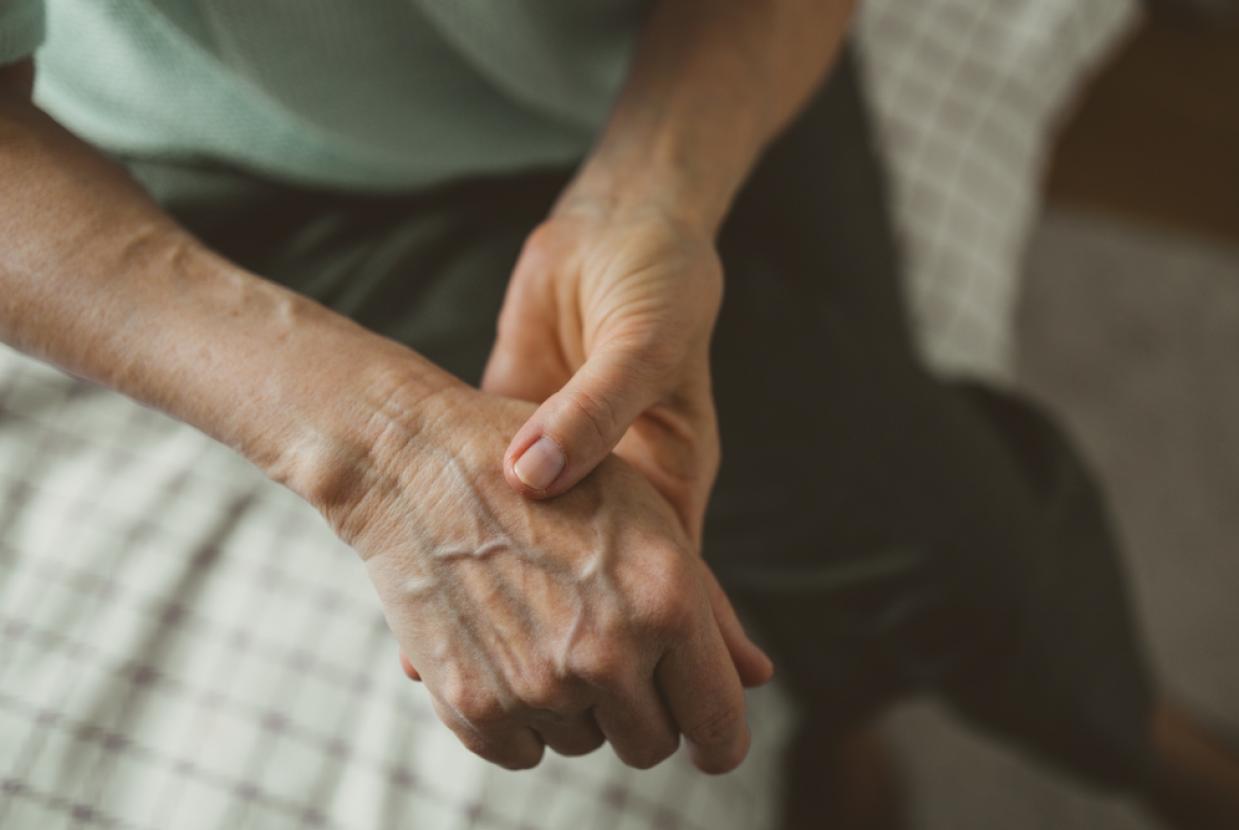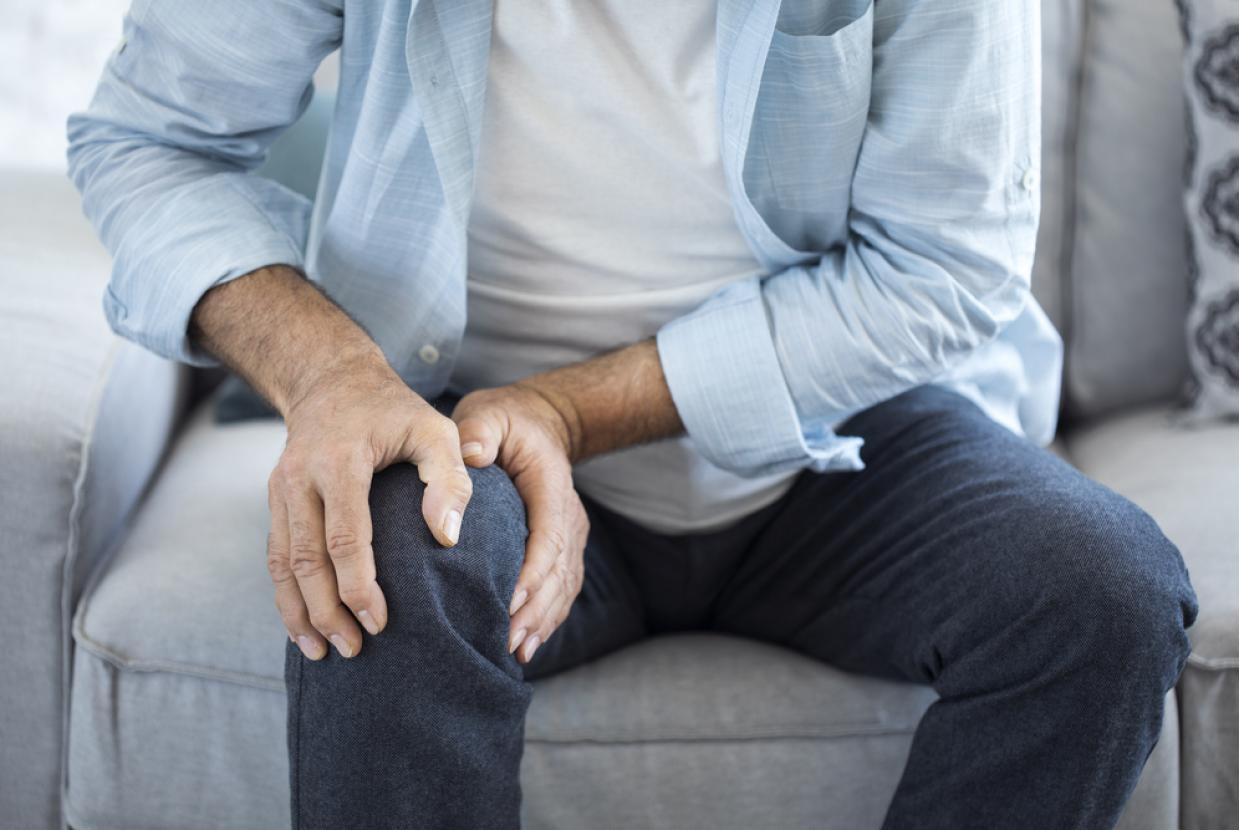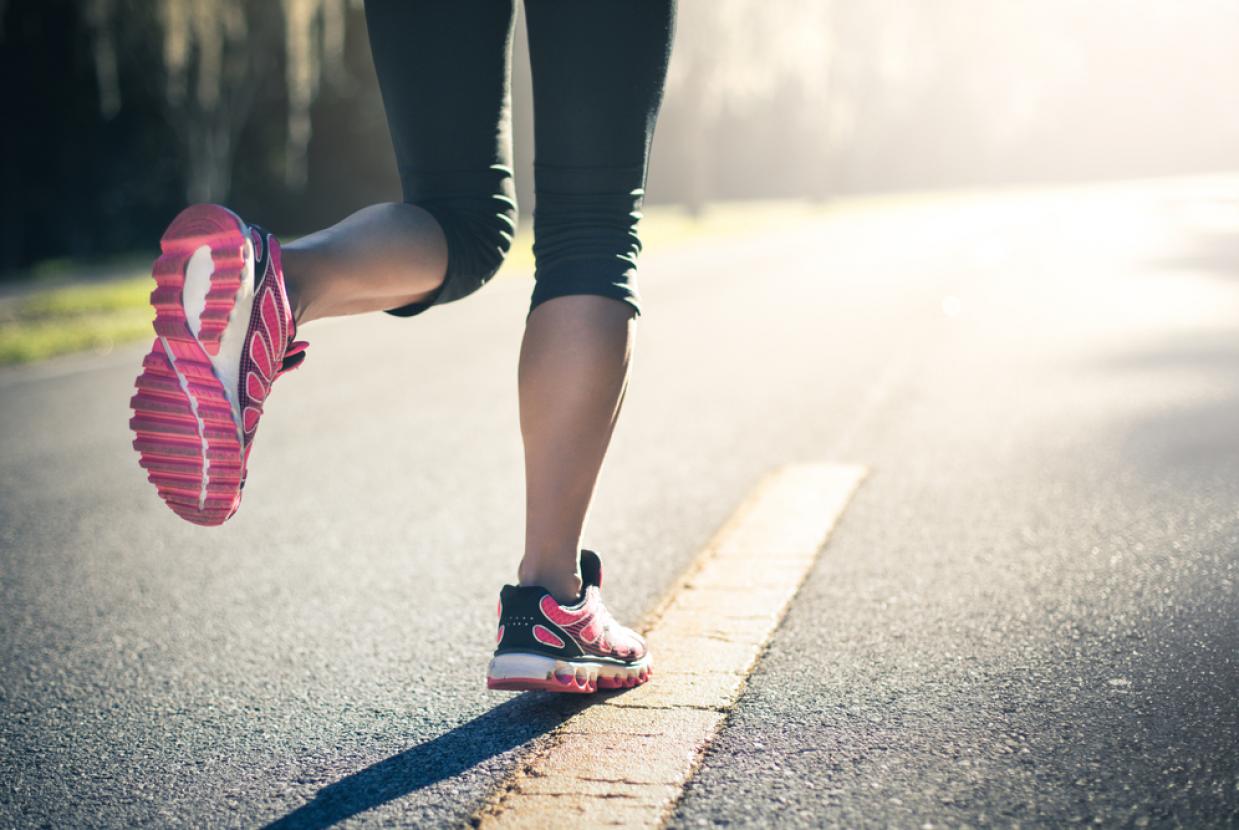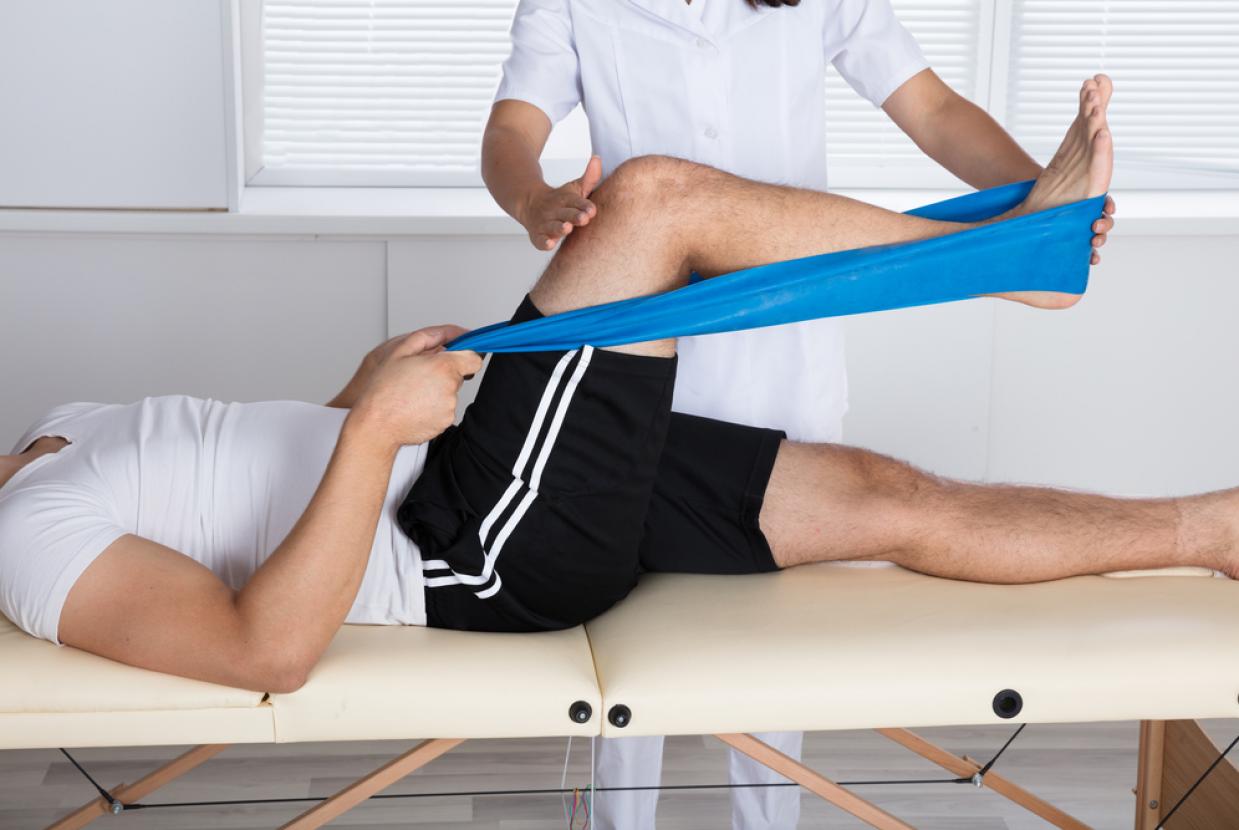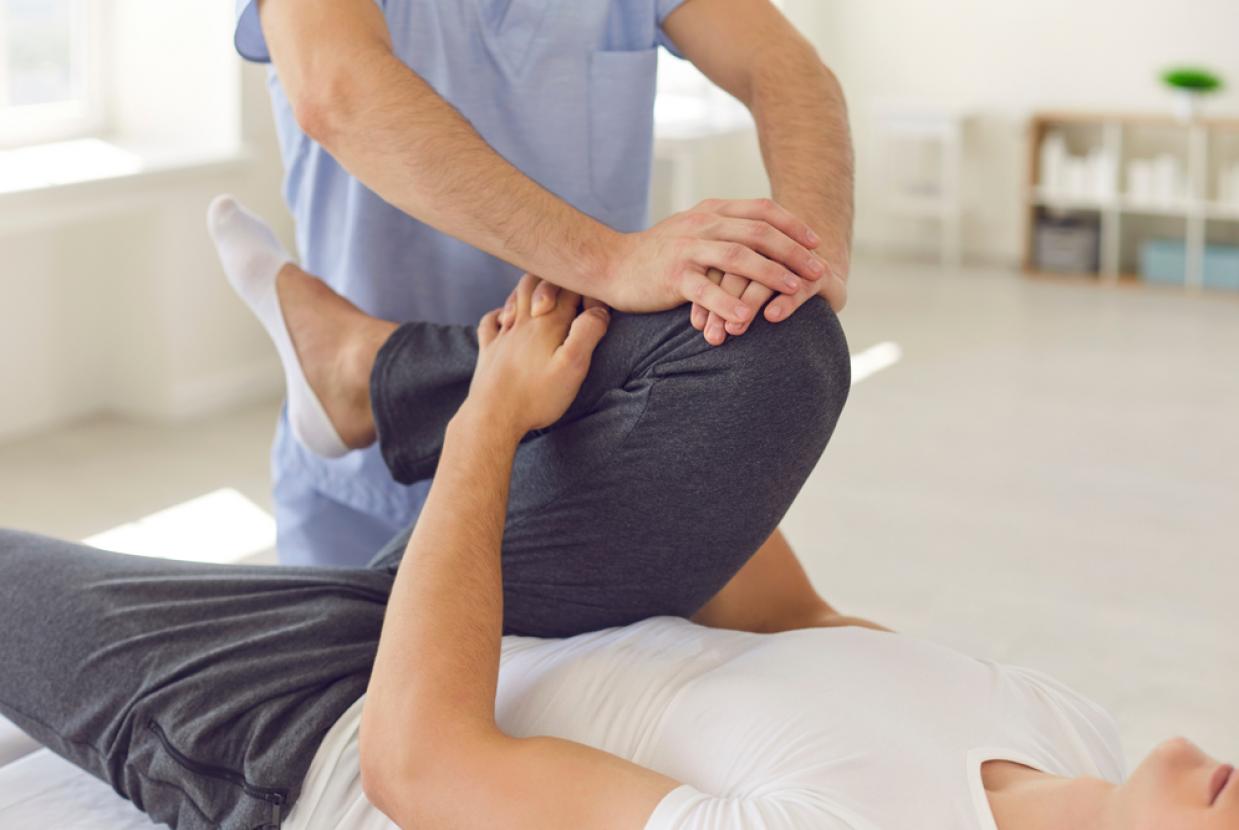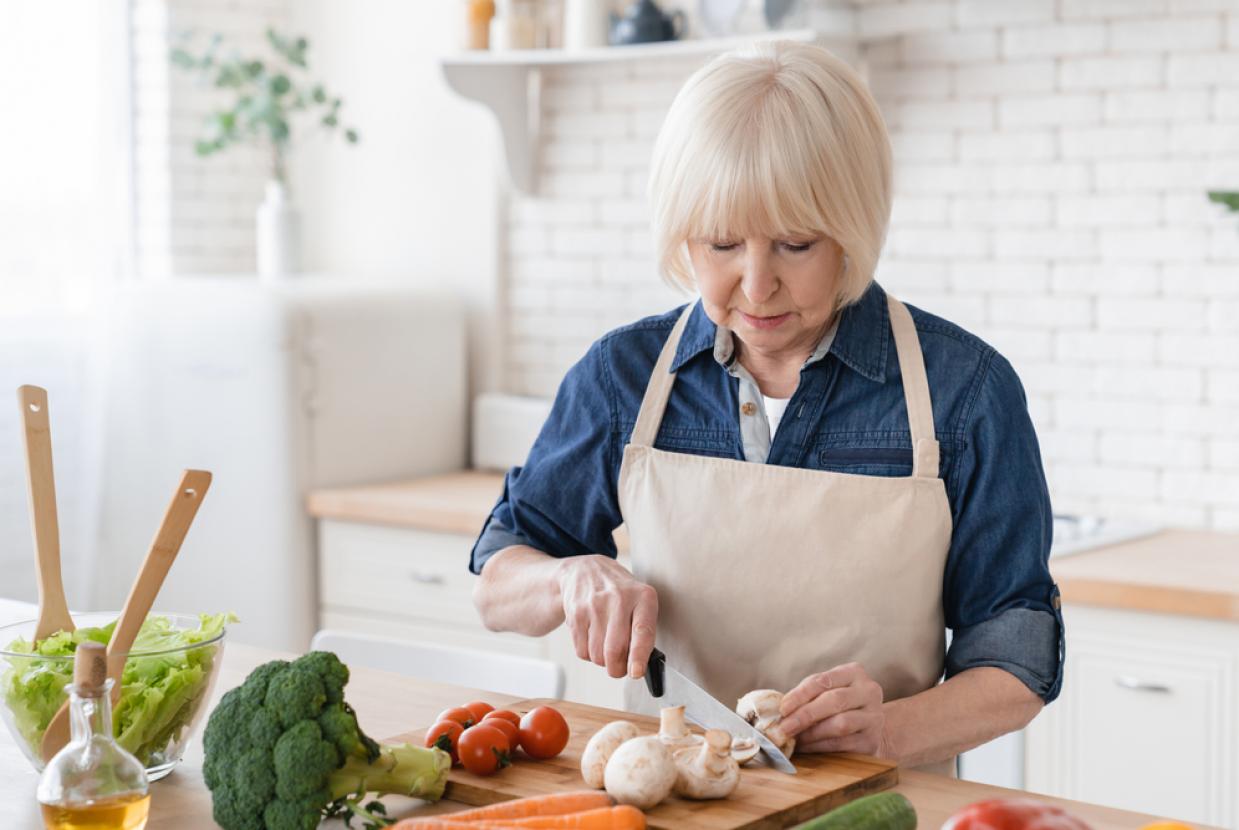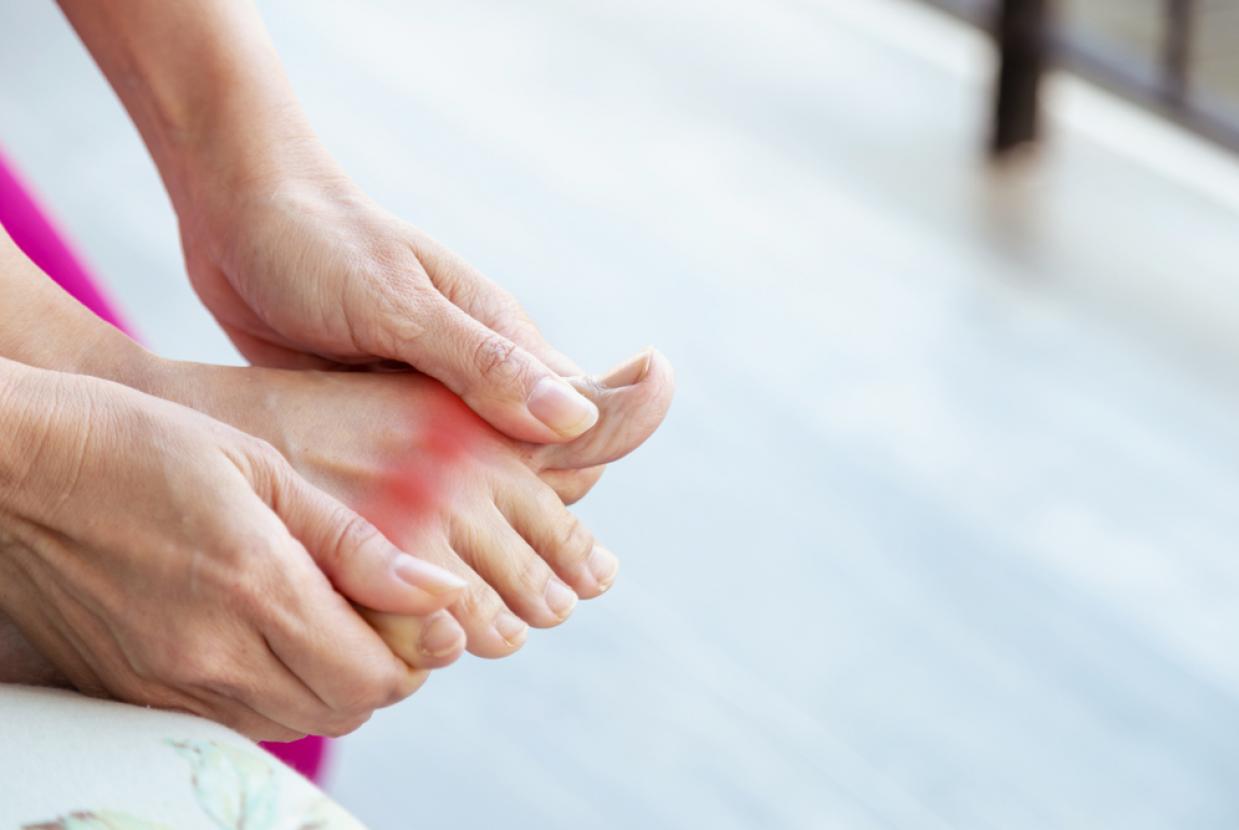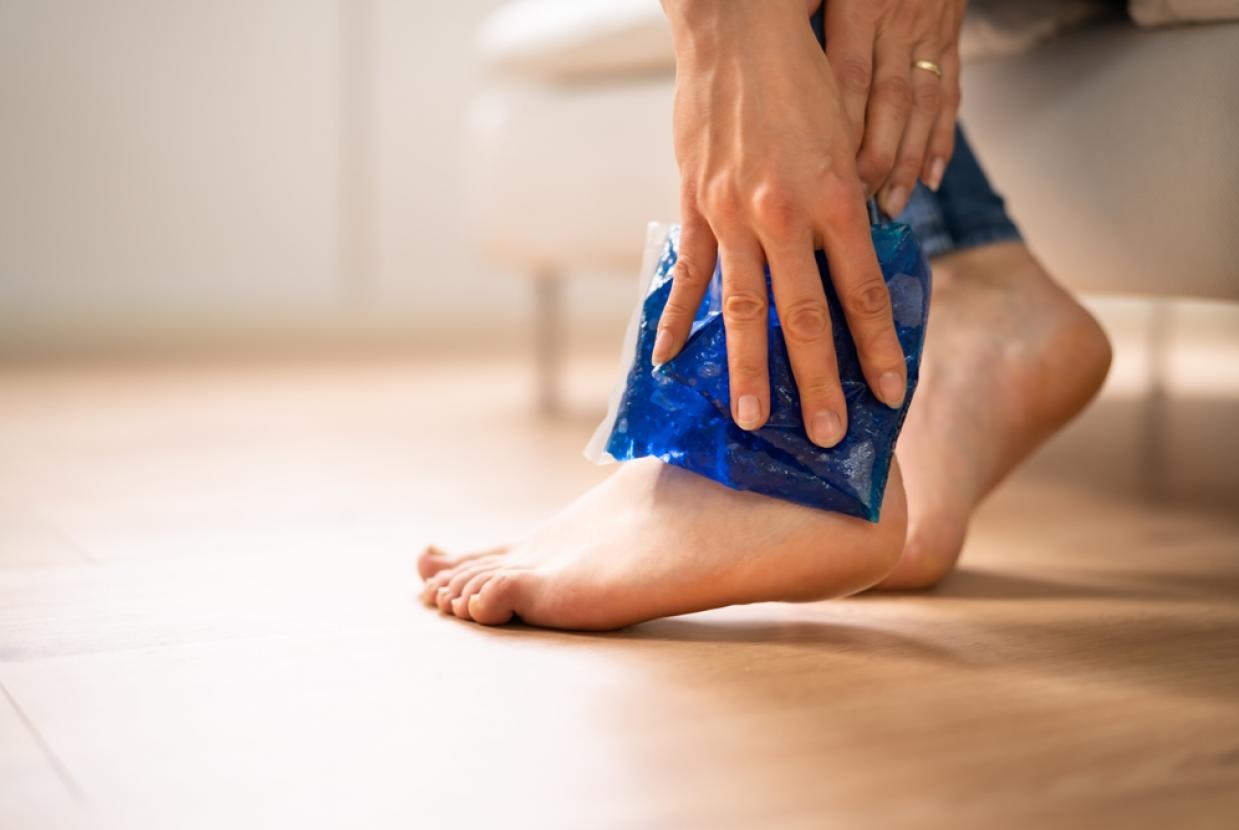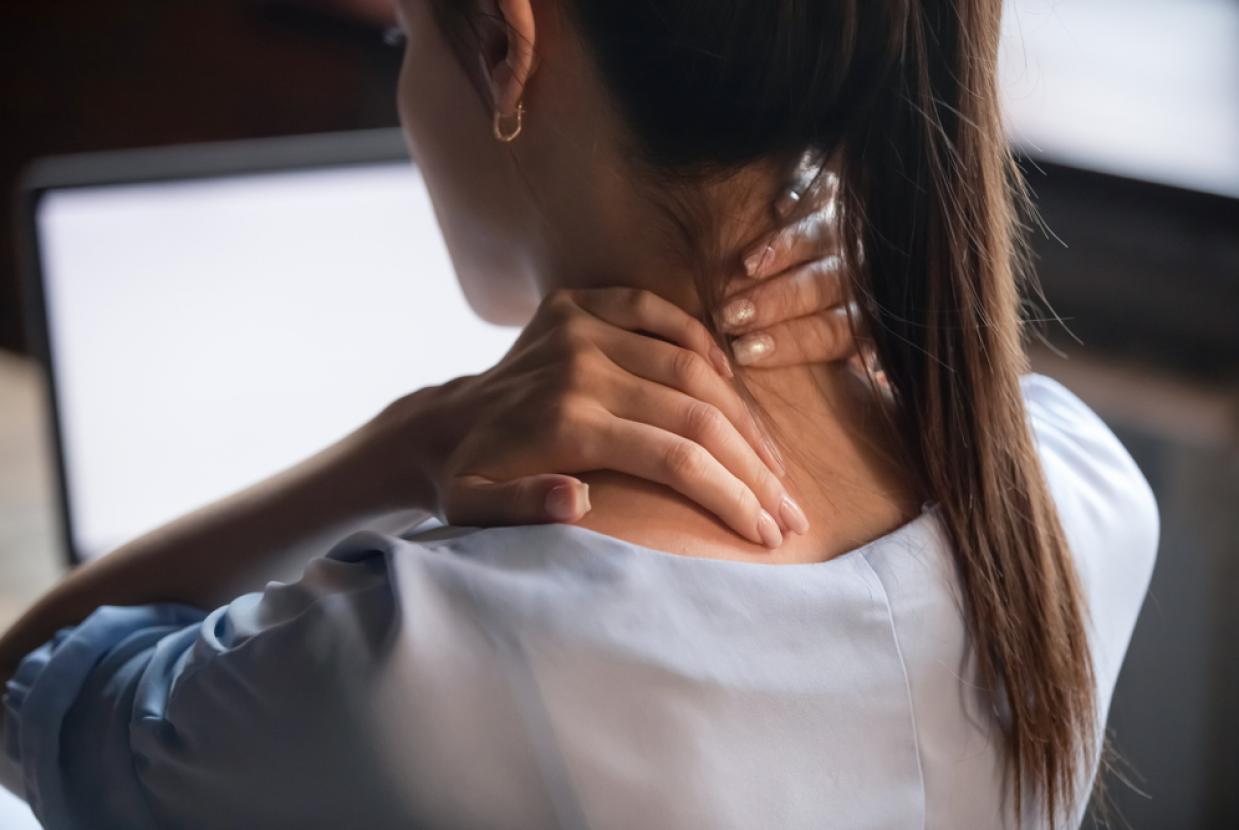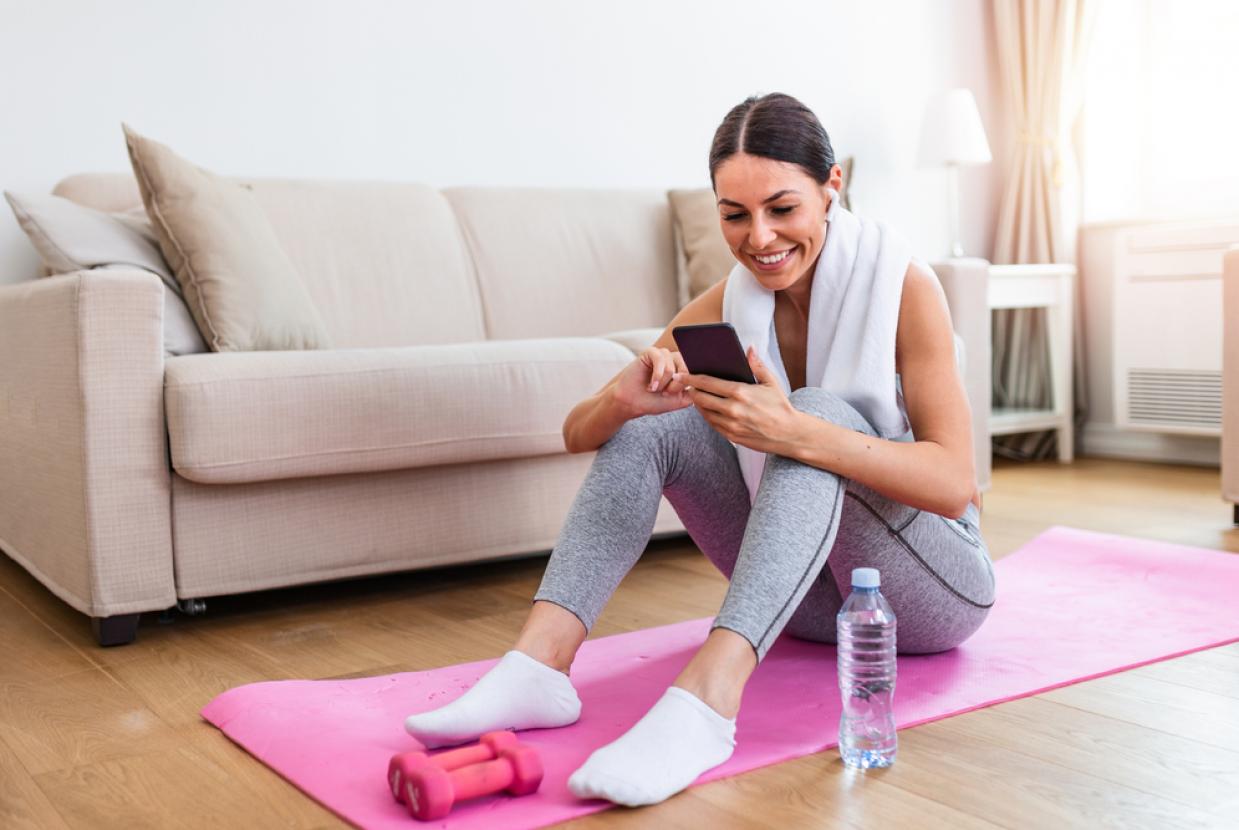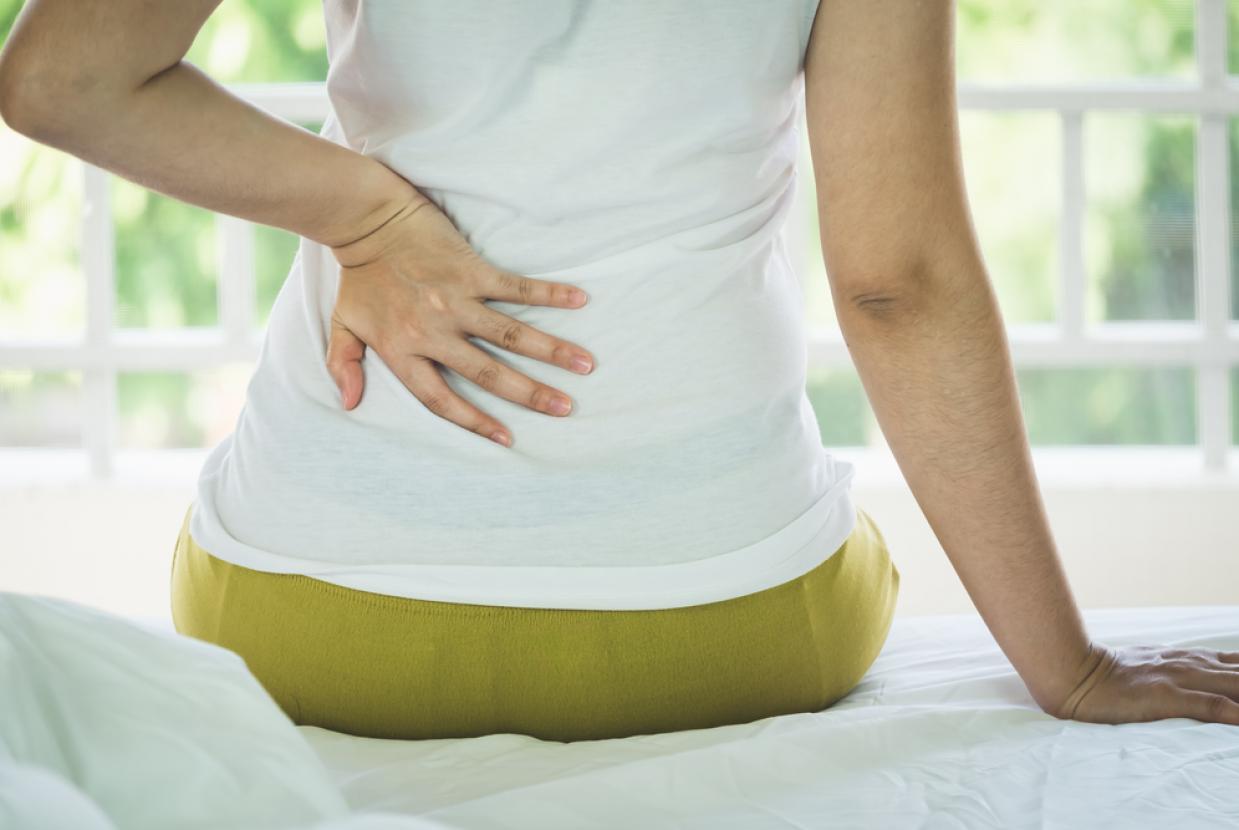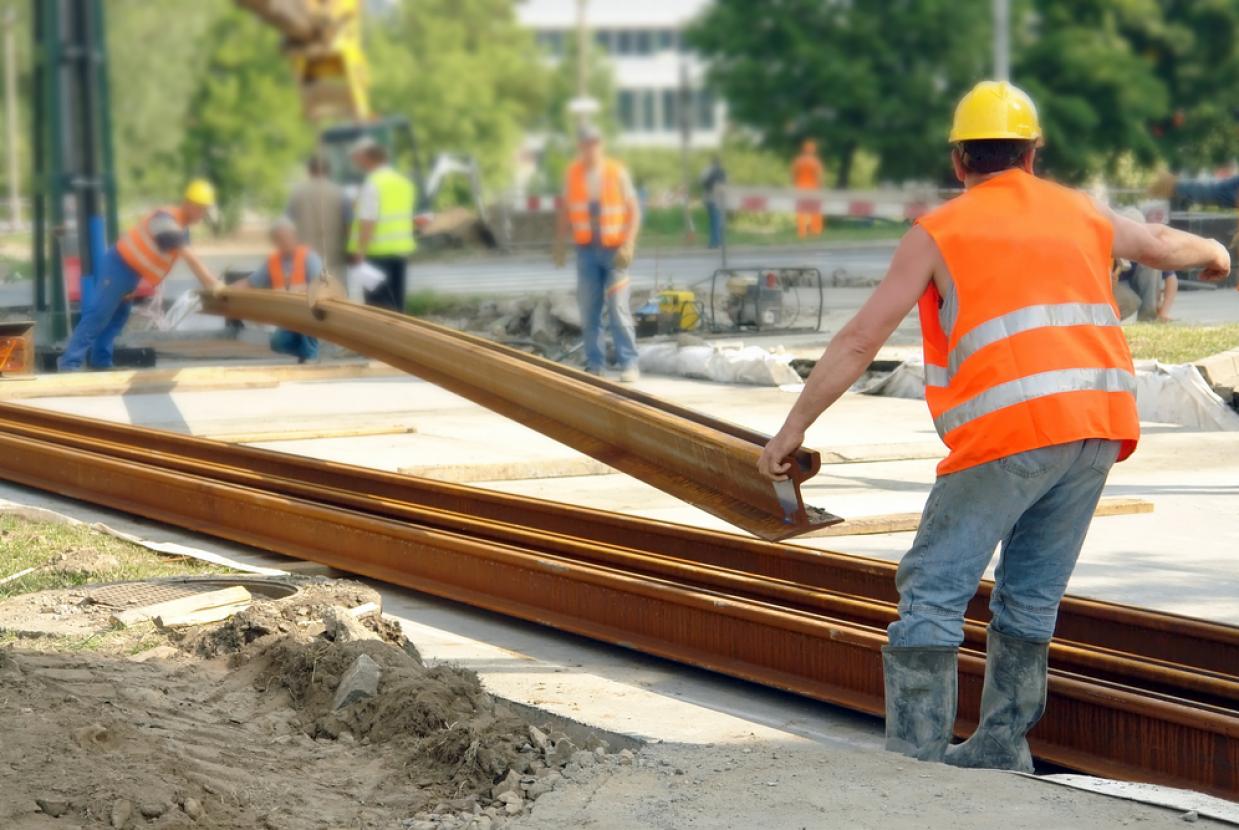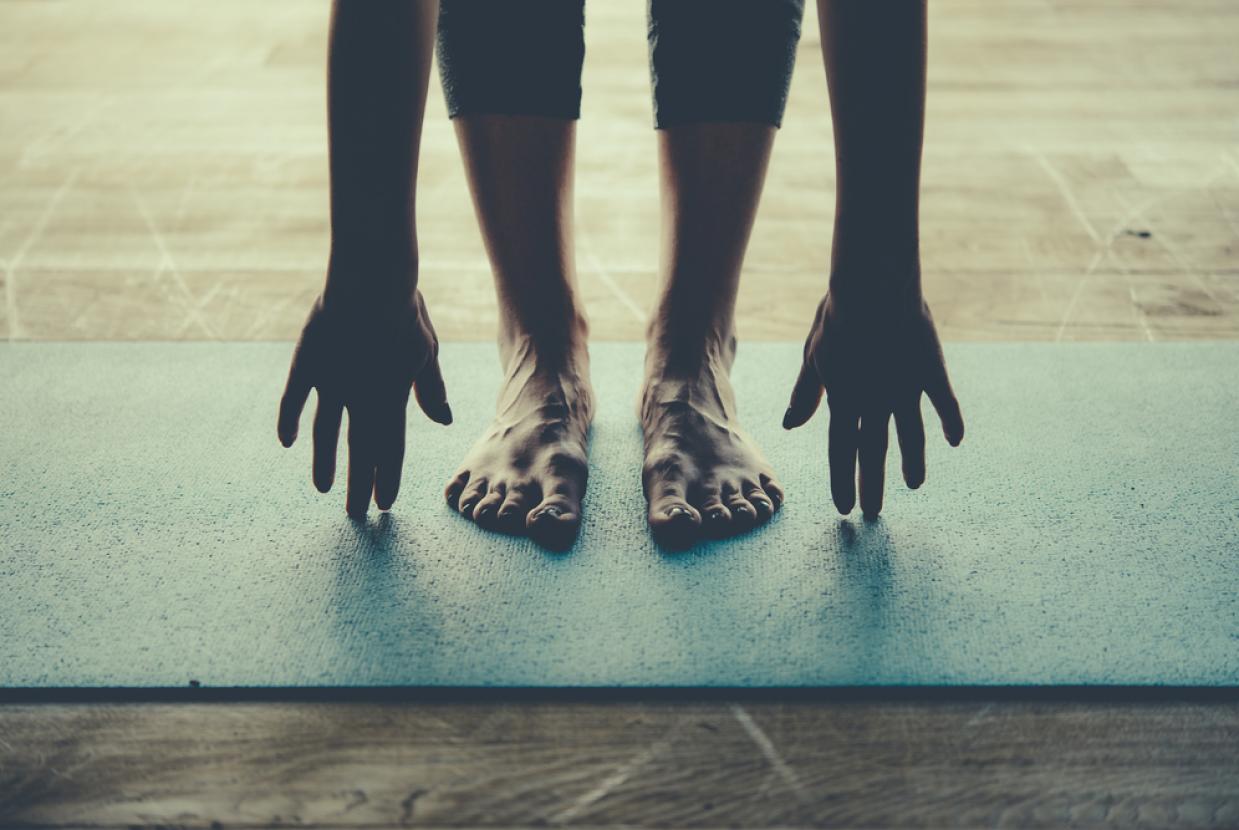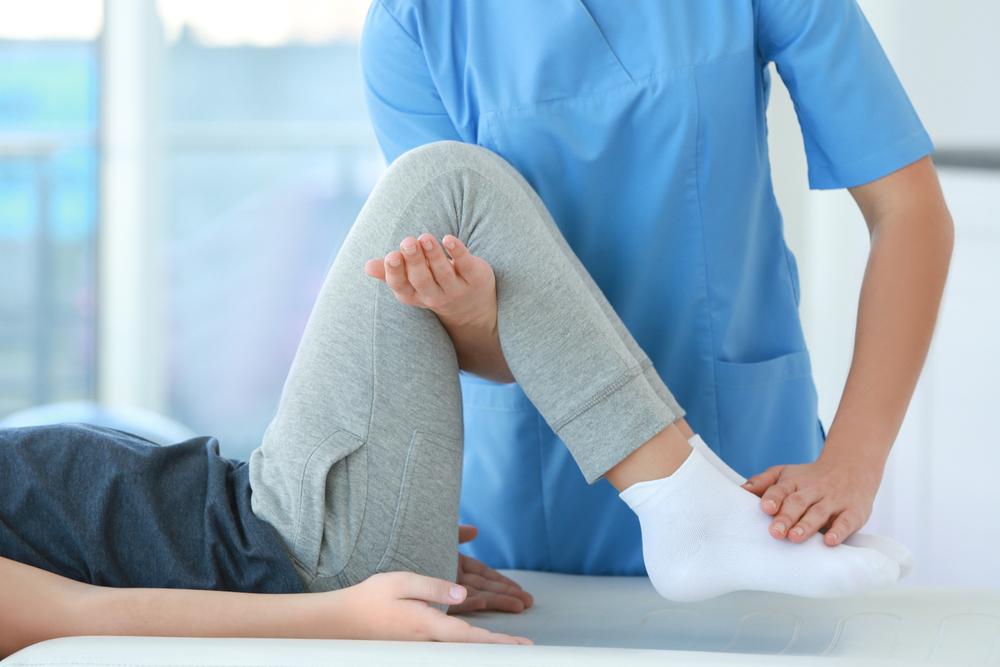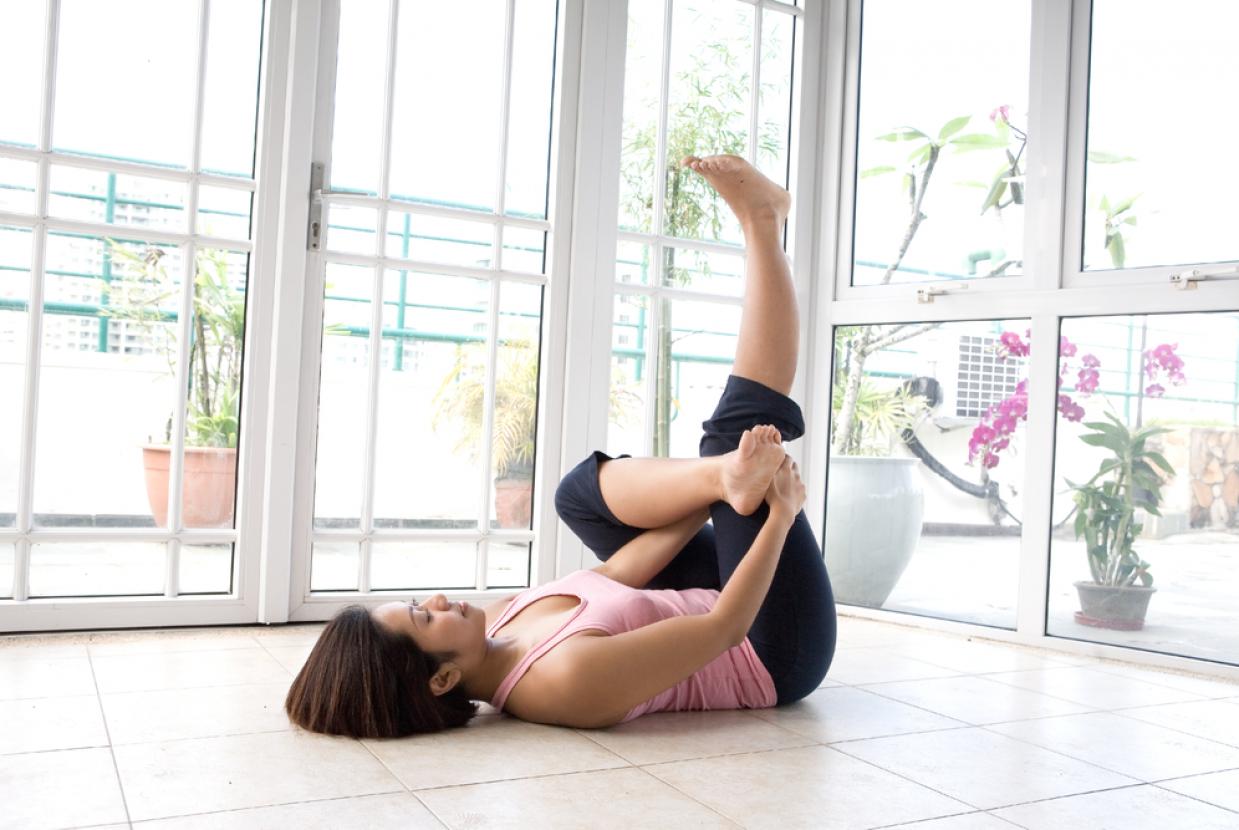Tips For Gardening With Arthritis
Arthritis/Back Pain/Joint PainThere’s nothing like grabbing some fresh air and getting stuck into gardening. But some heavy and repetitive gardening tasks can be tough if you have arthritis. Whether you’re a green-fingered pro or just getting started, here are a few steps you can take to make gardening a little easier.
Why can gardening be helpful if you have arthritis?
Gardening can be a great hobby if you have arthritis because:
- It involves lots of movements like bending, stretching and digging, so it can be a great way to stay active.
- Spending time in nature and tending to plants can help us relax and unwind.
- Growing and tending to plants can give us a sense of accomplishment and boost our self-esteem.
- Gardening can be a social activity. It could give you the chance to connect with your neighbours, friends, or local community.
- Hobbies like gardening might offer a positive distraction from pain and fatigue.
Tips for gardening with arthritis
Are you a keen gardener? Whether you tend to an allotment, mow the lawn, or simply pot a few herbs on your windowsill, you shouldn’t have to give up gardening if it’s something you enjoy. Here are a few ways you can make gardening work for you if you have arthritis.
Pace yourself
On good days, when your pain isn’t too bad, it’s easy to overdo it. But this can lead to more pain and fatigue later. This is sometimes called the ‘boom and bust’ cycle.
To keep your pain levels in check, Tracey, 58, who lives with osteoarthritis, suggests pacing yourself. This simply means balancing the activities you need to do with breaks and rest.
“You could take some weeds out of your flower bed for half an hour. Then have a cup of tea or a drink of juice, and rest for half an hour,” she explains. “Then afterwards, check in with yourself and ask, ‘How do I feel?’ If you don’t feel too bad, you might spend another half an hour in the garden."
It can be tempting to press on until a job is done. But be kind to yourself, listen to your body and give yourself a break. If you find pacing difficult, you could even set a 15-minute timer to remind yourself to take a break or switch tasks.
Get help
Gardening can involve heavy and repetitive tasks. So, if it’s a struggle or you feel overwhelmed, don’t be afraid to ask for a helping hand.
Maybe a neighbour, friend, or family member could mow your lawn or trim your hedge? It’s about finding what works for you. Roberta, 75, lives with osteoarthritis, and says “My partner does the gardening and shopping. I’m very lucky in that sense.”
Use lightweight or adapted gardening tools
Easy grip tools might make gardening a bit more manageable. You could even adapt the tools you already have by using add-on handles and grips. If you find it tough to bend down, long-handled tools might prevent you from overstretching. Kneeling pads are a great way to take the strain off your knees too.
Use a garden stool
Sitting on a garden stool is a great way to save your energy and reduce the load on your weight-bearing joints, like your hips and knees.
Norman, 63, lives with osteoarthritis and finds that gardening is a wonderful way to spend time with his grandchildren. “I have a garden stool with wheels, and I sit outside with them gardening and watering the plants,” he says.
Make your garden work for you
Want a low-maintenance garden? There are lots of small ways you can make your garden work for you. For instance, you could:
- Choose a fence instead of a hedge.
- Plant hardy perennial plants (these are plants that live more than two years).
- Replace your lawn with paving or gravel.
- Grow plants in raised beds, planters, or containers to avoid overstretching.
- Grow plants or herbs in trays on your windowsills.
- Grow plants using hydroponic equipment (This is a way of growing plants without soil).
- Cover garden soil with a layer of shredded bark to reduce the number of weeds.
Protect your joints
Joint protection (or ‘joint care') is all about making small changes to the way you do things, so you reduce the pain and strain on your joints. This might include:
- using stronger joints to do jobs.
- avoiding gripping objects too tightly.
- avoiding using your joints in awkward positions.
- using your joints in stable positions.
- changing how you do a task if it hurts you.
For instance, when you're gardening, you could:
- Carry things with your arms instead of your fingers to spread the load.
- Use two small bags of compost rather than one heavy bag.
- Use a wheelbarrow to carry heavy items.
- Use garden tools with padded handles, so you don’t grip too tightly.
Ask an occupational therapist for help
If you find gardening a struggle, an occupational therapist might be able to offer advice. These are trained healthcare professionals who can help you find different ways to do everyday tasks. They can:
- Discuss your condition and what you can do to help yourself.
- Giving practical advice on how you can overcome everyday problems.
- Offer advice about employment and leisure activities.
- Provide splints.








